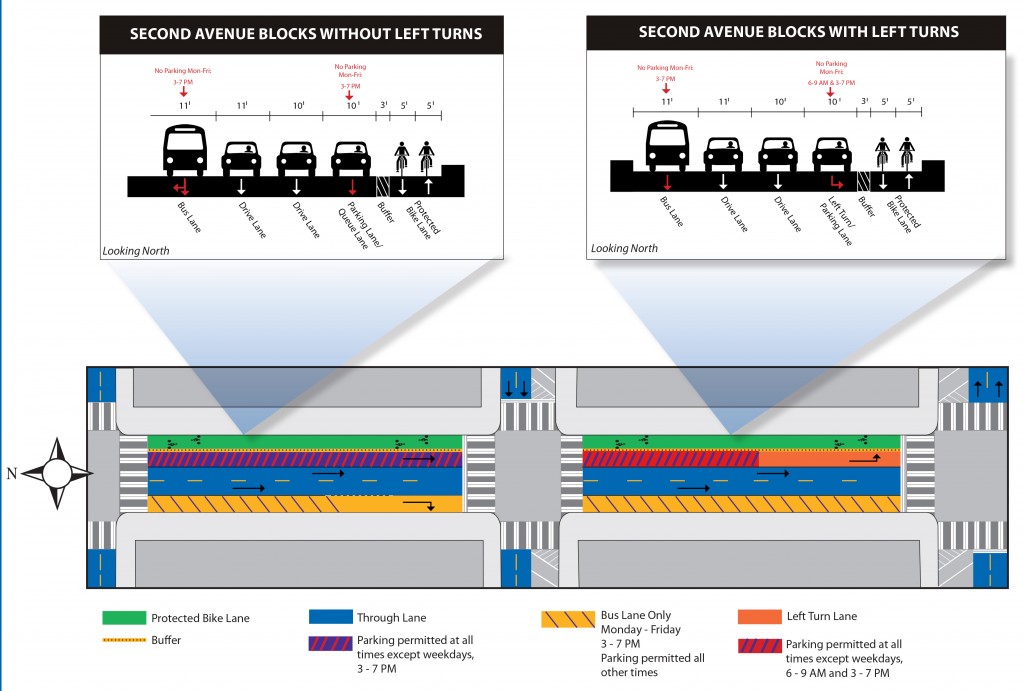There’s much heartache in the Seattle bicycling community today after the death on Friday of Sher Kung, a young mother who was killed at a downtown intersection on Second Avenue at University Street.
Let me add my condolences to the family, friends and coworkers of the attorney. An impromptu memorial, including a ghost bike and flowers, has sprung up at the site of the collision.
Sher, 31, was known for her work on a court case that led to the repeal of the military’s don’t-ask, don’t-tell policy. Her bio at Perkins-Coie said she also did pro bono work for a juvenile immigrant seeking a green card, among other cases. (Her Facebook page tells she was a member of the Green Lake Running Group.)
Obviously, she had great things in her future.
The collision happened at a downtown Seattle location that the Seattle Times termed “notorious” for its poor design and the number of collisions between bicyclists and motor vehicles.
In fact, the city — on Thursday — updated its transportation website to report that a new protected bike lane with special bicycle signals would be installed on Second Avenue between Pike Place Market and Pioneer Square by Sept. 8.
Unfortunately, the current bad bike lane design hadn’t been fixed years ago. The city reports 60 collisions involving bicycles on Second Avenue in the past four years. The Seattle Times cites 16 in this immediate vicinity in that time.
What apparently happened Friday morning is that the bicyclist was heading south in the bike lane on one-way Second Avenue. A box truck made a left turn onto University Street as she entered the intersection and struck her, killing her instantly.
Note that the bike lane is on the left hand side of the street. The Times said witnesses reported the truck driver was distraught, saying he didn’t see the cyclist as he was making the left turn.
Left side bike lane
I wondered why this bike lane is on the left side of the street. I usually find bike lanes on the right side of the street.
It turns out the right lane of one-way Second Avenue is preserved for buses.
Also, some cities put bikes lanes on the left side of one-way streets to reduce the chances of getting doored. Doors of parked cars swing open more often into the right side of the street (from the driver’s side) than into the left side of the street (passenger’s side). A news story from Jersey City this spring said local cyclists were upset when a one-way street bike lane was placed on the right side.
The feds like to see bike lanes on the right side of one-way streets, although there are exceptions. Here’s what the Federal Highway Administration says about bike lanes on one-way streets:
“On one-way streets, bicycle lanes should be installed on the right-hand side, unless conflicts can be greatly reduced by installing the lane on the left side. Left-side bicycle lanes on one-way streets may also be considered when there are frequent bus or trolley stops, unusually high numbers of right-turning motor vehicles, or if there is a significant number of left-turning bicyclists.”
New cycle track
Although the upgrade is two weeks away, commenters at Seattle Bicycle Blog noted that many of the bike lane markings have been changed or rubbed out in preparation for the new cycle track, making the bike lane less obvious to motorists and therefore more dangerous.

New 2nd Avenue design at http://www.seattle.gov/transportation/2ndavepbl.htm [Click for larger view]
Also, right turns on red will be prohibited at streets crossing the bike lane.
All this comes in anticipation of an influx of more bike riders to downtown streets because of the Pronto! Bike Share program, now scheduled to start in mid-October. The city says the new cycle track will “…provide a high quality two-way downtown bike facility in time for the opening of the Pronto! Bike Share.”
It’s a shame the city didn’t feel the urgency to fix this problem during the past four years that the collision statistics were mounting up.



Recent Comments